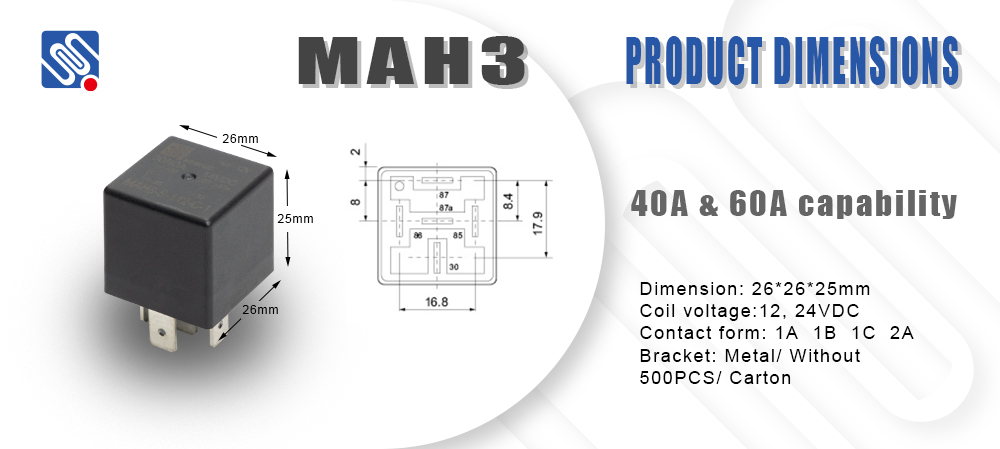Relays are essential components in electrical circuits, acting as switches that control high-power systems using low-power signals. Despite their reliability, relays can sometimes malfunction, leading to system failures. Understanding how to troubleshoot relay issues is crucial for anyone working with electrical systems. This article will guide you through the steps of diagnosing and resolving common relay problems.

Understanding the Basics of Relays Before diving into troubleshooting, it’s important to understand the function of a relay. A relay consists of an electromagnet (the coil), one or more sets of contacts, and an armature. When a voltage is applied to the coil, it generates a magnetic field that attracts the armature, causing the contacts to either open or close, depending on the relay type. This simple mechanism allows a small current to control a much larger one, making relays useful in a wide range of applications from automotive systems to industrial automation. Step 1: Check the Power Supply